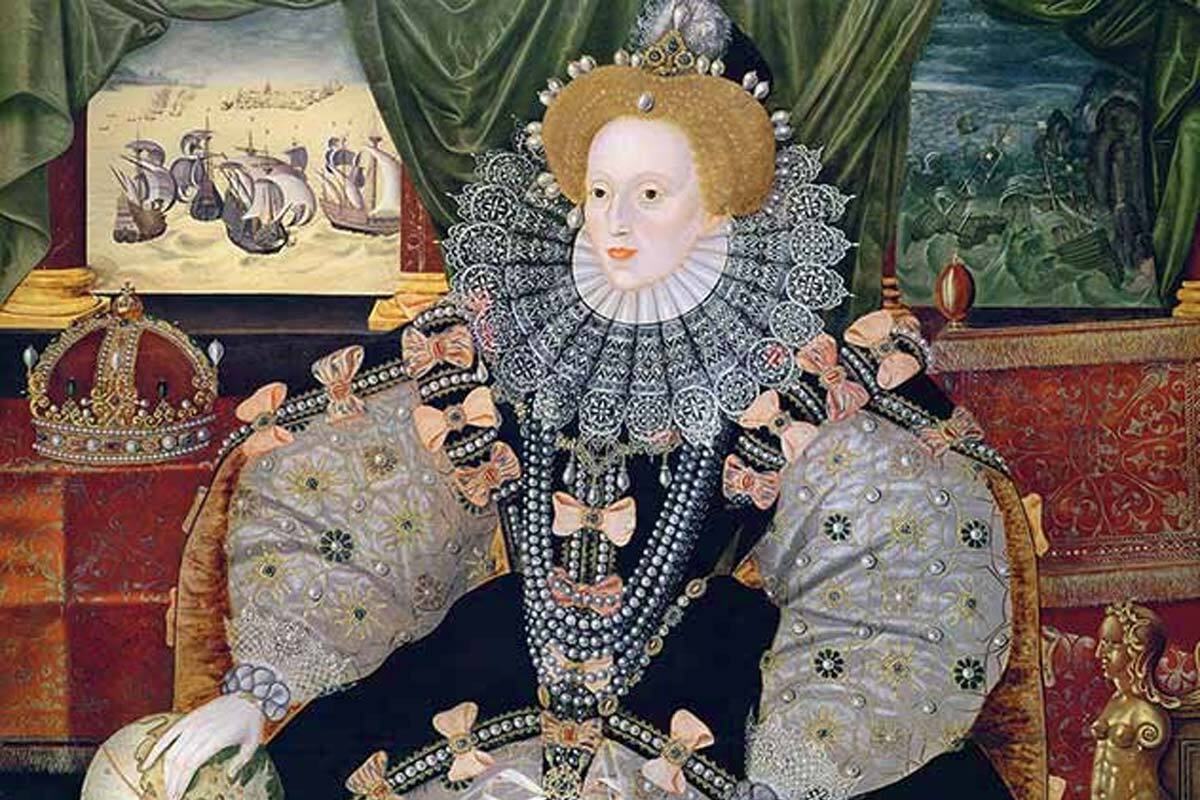Elizabeth I, known as the Virgin Queen, was one of the most iconic and influential monarchs in English and European history. Her reign marked a period of political stability, cultural flourishing, and the emergence of England as a dominant naval power. She managed to preserve her authority in the face of numerous plots, religious divisions, and external threats. Her personality and legacy continue to captivate historians, writers, and filmmakers. These interesting facts about Elizabeth I offer a deeper understanding of her life, her leadership, and the remarkable era she helped shape.
- Elizabeth I was born on 7 September 1533 in Greenwich, the daughter of King Henry VIII and his second wife, Anne Boleyn. Her mother was executed when Elizabeth was only two and a half years old, and Elizabeth was declared illegitimate. Nevertheless, she received an exceptional education and became fluent in Latin, Greek, French, and Italian. Her intellectual abilities were widely praised by leading scholars of the time.
- Elizabeth ascended the throne in 1558 at the age of 25, following the death of her half-sister Mary I. Her reign lasted 44 years and was one of the longest in English history until the 18th century. She brought stability to the country after a period of religious persecution under Mary’s rule. Under Elizabeth, England firmly embraced Protestantism and established the Church of England as a national institution.
- Elizabeth never married and had no children, which gave rise to many rumors and speculations during her lifetime. She skilfully used her unmarried status as a diplomatic advantage, receiving marriage proposals from various European rulers without accepting any. She was known as the Virgin Queen, and her image became a symbol of independence and strength. She famously declared herself wedded to the realm of England.
- During her reign, the English navy achieved a landmark victory over the Spanish Armada in 1588. This battle marked a turning point in naval history and elevated England’s reputation on the global stage. The victory had a significant psychological impact and helped foster national pride. The fleet was led by renowned figures, including Sir Francis Drake.
- Elizabeth I was a patron of the arts and supported the development of literature and theatre, contributing to what became known as the Golden Age of English culture. Writers such as William Shakespeare, Christopher Marlowe, and others flourished during her reign. She took a personal interest in theatre, attended performances, and even participated in courtly pageants. Her encouragement helped shape the future of English drama.
- She was famous for her elaborate fashion and love of jewellery, pearls, and luxurious fabrics. Her appearance was carefully crafted to project authority, grandeur, and royal dignity. Portraits of Elizabeth often included symbolic elements such as crowns, globes, and lions to reflect her power. Her distinctive style influenced the visual culture of the Tudor era.
- Elizabeth surrounded herself with loyal and wise advisers, the most important of whom was William Cecil, Baron Burghley. He served as her chief minister for most of her reign and played a key role in state governance and parliamentary relations. His son later became a close confidant of the queen as well. Their leadership helped maintain peace and order within the kingdom.
- She survived numerous assassination attempts, many of them orchestrated by Catholic conspirators supporting Mary, Queen of Scots. Elizabeth hesitated for years before ordering Mary’s execution, but ultimately signed the death warrant in 1587. The decision was emotionally difficult but deemed essential for national security. It effectively ended the threat posed by Catholic factions.
- Elizabeth was known for her sharp wit and eloquence, and many of her remarks became legendary. She spoke several languages fluently and often impressed foreign ambassadors with her knowledge and rhetorical skill. Her diplomatic talents were admired even by the most experienced statesmen in Europe. She used language as a tool of power and persuasion.
- Despite her strong public image, Elizabeth was deeply emotional and contemplative. In her later years, she suffered from periods of depression, particularly after the deaths of close courtiers. There are reports that she refused to sleep in her bed and would spend nights standing or sitting after a beloved attendant passed away. She died in 1603, bringing the Tudor dynasty to an end.
- After her death, James VI of Scotland ascended to the English throne, creating a personal union between England and Scotland. Although her personal life was marked by solitude and difficult choices, Elizabeth’s legacy remains overwhelmingly positive. Her reign witnessed economic growth, internal stability, and the expansion of England’s influence abroad. She is remembered as a symbol of wisdom, leadership, and national identity.
These fascinating facts about Elizabeth I reveal that she was far more than a monarch — she was a strategist, a leader, and a source of inspiration. Her ability to navigate complex political landscapes while strengthening her country is a lasting example of effective rule. You may not have realized how thoughtful, intelligent, and emotionally complex she truly was. Her influence still resonates today in both historical memory and global culture.





